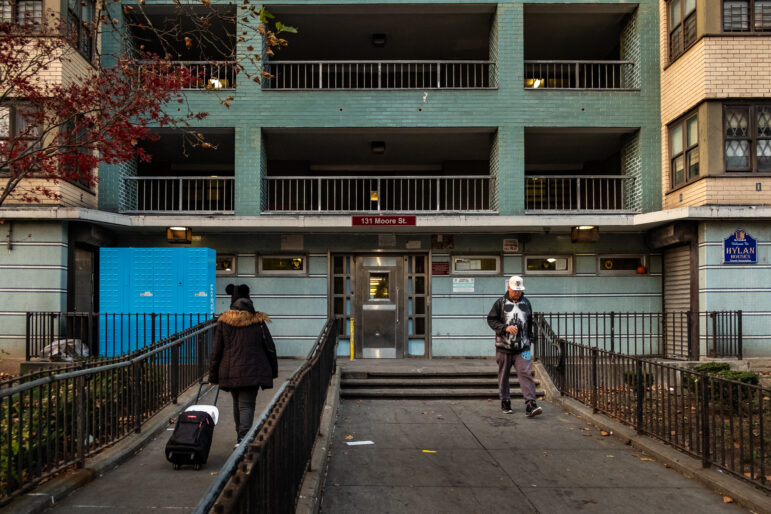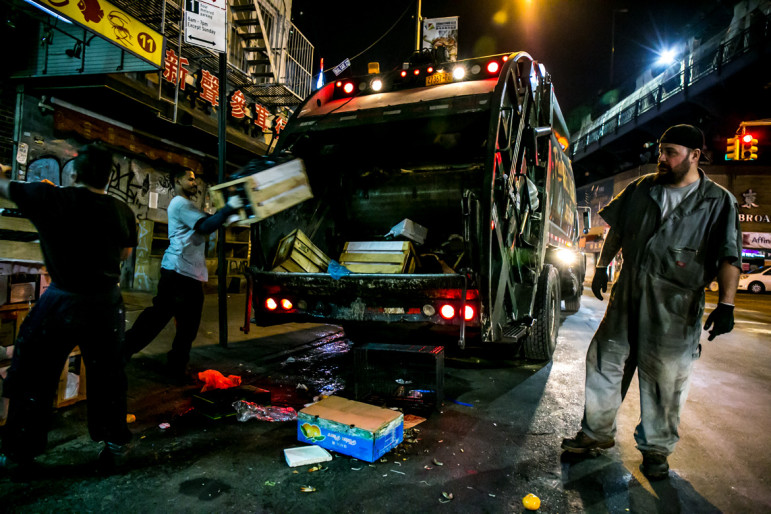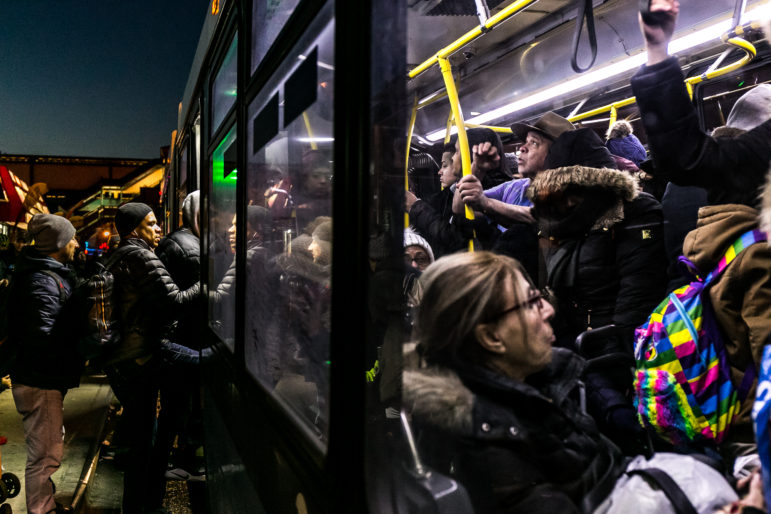‘It is time for New York to act like the economic powerhouse that it is. Right here and right now, we can generate the recurring revenue we need to create an economy that enables working families to flourish by ensuring that the ultrawealthy pay their fair share.’

Mike Groll/Office of Governor Andrew M. Cuomo
The Assembly Chamber at the State Capitol in Albany.If New York State were a country, we would have the 10th largest GDP in the world. On its own, our state is wealthier than Sweden, Denmark and the Netherlands—and our neighbor to the north, Canada.
While we are grateful that the Biden administration is sending $12.5 billion to New York State and another $10 billion to municipalities across the state, it is time for New York to act like the economic powerhouse that it is. Right here and right now, we can generate the recurring revenue we need to create an economy that enables working families to flourish by ensuring that the ultrawealthy pay their fair share.
The Invest In Our New York campaign has asked legislators to raise tens of billions in new tax revenue. Members of the state Assembly and Senate are actively discussing this proposal and many others.
This year alone, additional needs for CUNY and SUNY, the MTA and the Long Island Railroad, Medicaid and foundation aid for public schools total in the tens of billions of dollars. Tens of billions sounds like a lot to some, but in fact, it is very reasonable—and attainable.
But how did we get here? How is it the case that services and infrastructure in a state as rich and powerful of ours have been so damaged?
 CityViews are readers’ opinions, not those of City Limits. Add your voice today!
CityViews are readers’ opinions, not those of City Limits. Add your voice today!
To understand the current state of affairs, we need to rewind to two pivotal decades: the 1970s and the 1990s. In the 1970s, legislators blinked and failed to raise taxes on the rich. The result was the 1975 fiscal crisis. The banks got theirs, but working and middle-class New Yorkers bore the brunt of the crisis and suffered a transfer of costs, risk and liability that continues to this day.
In the first half of the decade, any working New Yorker who wanted to get a bachelor’s degree could get a very good one, for free, at the City University of New York. By the second half, the funding for CUNY services had declined and working New Yorkers started paying tuition.
This story played out across many state responsibilities in that decade. The ultrarich—who built their wealth on the foundation provided by immense public infrastructure and a labor force of working New Yorkers—were no longer expected to pay their fair share to fund the public good.
This process accelerated in the 1990s, under Gov. George Pataki. In 2005, the New York Times outlined the countless ways in which his tax breaks for the rich created an undue burden on working and middle class New Yorkers. What he sold to working New Yorkers as a tax break on the front end, wound up in increased fees and local taxes on the back end. With the state shirking its responsibility under the guise of protecting average New Yorkers, SUNY and CUNY’s tuition increased.
And under Pataki, counties took on a far larger share of the tax burden. The result of this, of course, was a drastic increase in property taxes—an increase that, just as with the results of the 1970s fiscal crisis, we live with to this day.
Enough is enough.
The compelling need to tax high income and wealth is understood and embraced by voters in the city and in the suburbs, by Republicans and Democrats alike. The myth of the fleeing millionaire has been debunked. And in the middle of the most horrifying pandemic since the 1918 Influenza, people like Amazon founder and board chair Jeff Bezos saw their net worth increase by $13 billion in a single day.
The average New Yorker is clear eyed: It is time for the immense wealth in our state to once again fund the public infrastructure and services that working and middle-class families need and deserve.
Raising tens of billions in revenue is reasonable because we’ve just lived through 50 years of massive wealth accumulation in the hands of a relative handful, while more and more suffering and liability has been put on working and middle-class New Yorkers—in the form of fees, local taxes, and a general reduction in the quality of the public good.
We are lucky to live in a state rich and powerful enough to raise the revenue that we need. If we taxed an additional 4 percent of our massive GDP, we would simply match—not exceed—the tax rate of our Canadian neighbor to the north. If we did that, we’d have $70 billion dollars on hand to begin to right the wrongs of the past 50 years.
This is not a moment for half measures. To date, 29,640 people have died with COVID in New York during the pandemic. Just in January 2021, seventeen subway employees died with COVID. And at the same time, the working New Yorkers who have made it through this painful gauntlet are suffering under 50 years of subsidizing wealth accumulation for the rich.
It’s time to change that, and tens of billions in new tax revenue sounds about right to us.
State Senator John Liu represents the 11th Senate District and parts of Northeast Queens. Assemblymember Michaelle Solages represents the 22nd Assembly District and the communities of Valley Stream, Floral Park, the Village of Bellerose, North Woodmere, Stewart Manor, and sections of Franklin Square.








